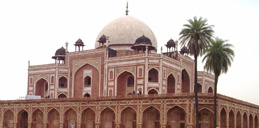Low light photography
Which Camera?
Low light photography is one of my favourites as I like the wonderfull colours generated by streetlight, light trails generated by passing cars and mirror effect when around water.
Which Lens?
Mostly I use my 24-105 zoom and also my 17-40 mm and Tamron 10-24 lens.
Focus
Autofocus may struggle to lock onto the subject in low light, so switch to manual and focus the lens by hand (or use Live View mode). To maximise depth-of-field (DOF), select a focus point around a third of the way into the scene. Combine this with a narrow aperture (f8-f11) for the best change of making the whole scene sharp, from foreground to background.
Exposure
There is no definitive shutter speed due to different light conditions. Adjust your settings that the exposure bar in the viewfinder is set into 0 (middle). Make a few test shots and review your results on the LCD screen. Adjust exposure compensation accordingly - increase if the image look dark and reduce if the image look to bright.
Summary
- Use a tripod. You can't handhold the camera for a time exposure, even if you're using an IS lens.
- Use ISO 100. Low light can be bright and the lower the ISO setting, the lower the image noise.
- Stop down to around f/8. This will give you the sharpest images and allow a long exposure.
- Prefocus the lens and switch to manual focus.
- Open the shutter while the firework is on it's way up, not when the shell explodes.
- A remote release will be useful. Use one if you have one.
|


 Facebook |
Facebook |